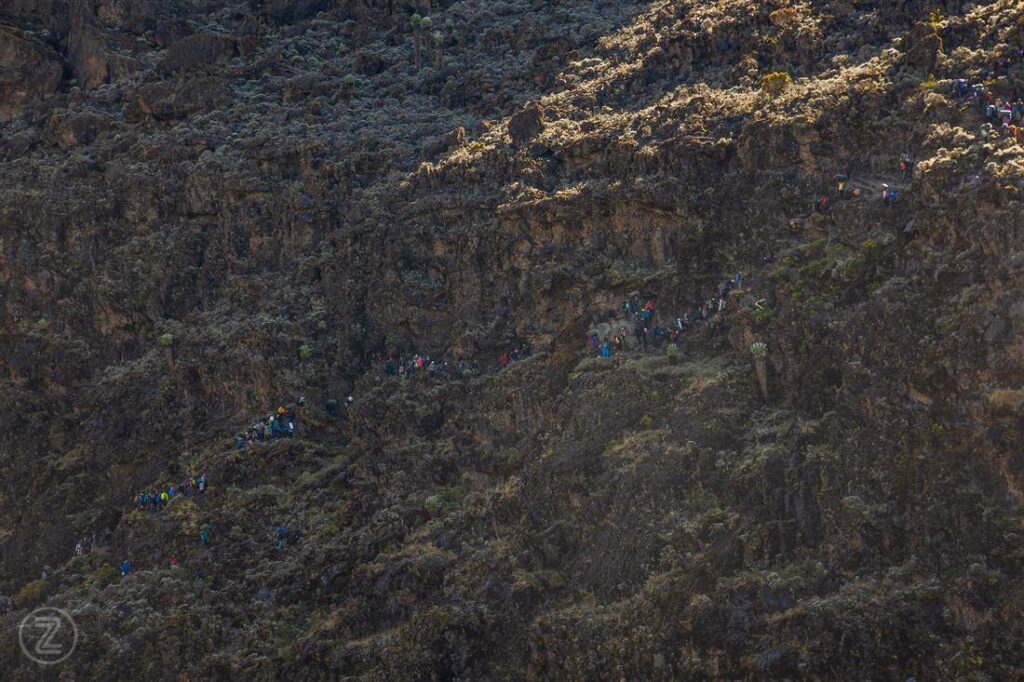Kilimanjaro Machame Route – Complete Guide to the Most Scenic Route
The Machame Route, also known as the Whiskey Route, is the most scenic and one of the most popular ways to climb Mount Kilimanjaro. Famous for its dramatic landscapes, excellent acclimatization profile, and high summit success rates, the Kilimanjaro Machame Route is ideal for trekkers seeking adventure and beautiful views.
This comprehensive guide covers everything you need to know: distance, itinerary, difficulty, success rate, prices, and the best time to climb.
For expert planning and bookings, visit Mount Kilimanjaro Guide.
What Is the Machame Route?
The Machame Route Kilimanjaro begins on the southwest side of Mount Kilimanjaro and ascends through rainforest, heather, moorland, alpine desert, and the spectacular glacial summit zone.
It is widely considered the most beautiful route on the mountain and is recommended for climbers who want a mix of scenery, adventure, and high success rates.
Kilimanjaro Machame Route Distance & Elevation
Total Distance: 62 km (37 miles)
Recommended Duration: 7 days (best acclimatization)
Starting Point: Machame Gate (1,640 m)
Highest Point: Uhuru Peak (5,895 m)
How long is the Machame Route?
The Machame Route typically takes 6–7 days, with 7 days strongly recommended to improve acclimatization.
How many miles is the Machame Route on Kilimanjaro?
Approximately 37 miles (62 km) from gate to summit and back.
Why Choose the Machame Route?
✔ Spectacular Views
Dramatic vistas of Shira Plateau, Lava Tower, Barranco Wall, and the Southern Icefields.
✔ Excellent Acclimatization
The “climb high, sleep low” profile improves your success rate.
✔ High Summit Success Rate
The 7-day Machame Route has success rates above 90% with experienced guides.
✔ Adventure & Challenge
More demanding than Marangu but extremely rewarding.
✔ Popular & Well-Serviced
Excellent campsites, stable traffic, and great trekking atmosphere.
7 Days Machame Route Kilimanjaro Itinerary
The Machame Route itinerary is typically 6 or 7 days, with key stages including hiking from Machame Gate to Machame Camp, then to Shira Camp, and on to Barranco Camp (often via Lava Tower). From Barranco, you climb to Barafu Camp, summit at Uhuru Peak, and descend to Mweka Camp before finishing at Mweka Gate. The 7-day option includes an extra night at Karanga Camp for better acclimatization.
Day 1: Machame Gate → Machame Camp
Day 2: Machame Camp → Shira Camp
Day 3: Shira Camp → Lava Tower → Barranco Camp
Day 4: Barranco Camp → Karanga Camp
Day 5: Karanga Camp → Barafu Camp
Day 6: Summit Day (Barafu → Uhuru Peak → Mweka Camp)
Day 7: Mweka Camp → Mweka Gate












































